Estimated reading time: 10 minutes
Imagine that you find a wild rabbit in your backyard! Its twitching nose and soft fur might tempt you to dream of having such an adorable creature as your new pet companion.
Many people find themselves wondering if it’s possible to turn a wild bunny into a friendly housemate, just like the domestic rabbits they see at the pet store.
Believe it or not, rabbits in the wild lead lives vastly different from their domestic counterparts. While both may enjoy munching on greens and hopping about, that’s where most similarities end.
In this article, we’ll explore whether taming a wild rabbit is truly feasible, revealing the challenges involved and offering safer alternatives for those enchanted by these woodland critters. Get ready for some eye-opening insights—and perhaps consider leaving that cute critter in its natural habitat!
Key Takeaways
- Wild rabbits and domesticated rabbits are different in many ways, like how they look and act. Wild ones live in groups and need to run around outside.
- It is hard to tame a wild rabbit because they are scared of people and have strong instincts to survive in the wild. Baby rabbits might be easier but still hard.
- You can get sick from diseases that wild rabbits carry like rabies or Tularemia.
- In most places, it’s against the law to keep a wild rabbit as your pet without permission.
- If you want a rabbit friend, it’s better to adopt one that has grown up with humans already. Or you can help save wild rabbits by working with groups that protect them.
Understanding Wild Rabbits
Wild rabbits are distinct from domesticated rabbits in their behavior and needs. Understanding the nature of wild rabbits is essential for anyone considering keeping one as a pet or attempting to tame one.
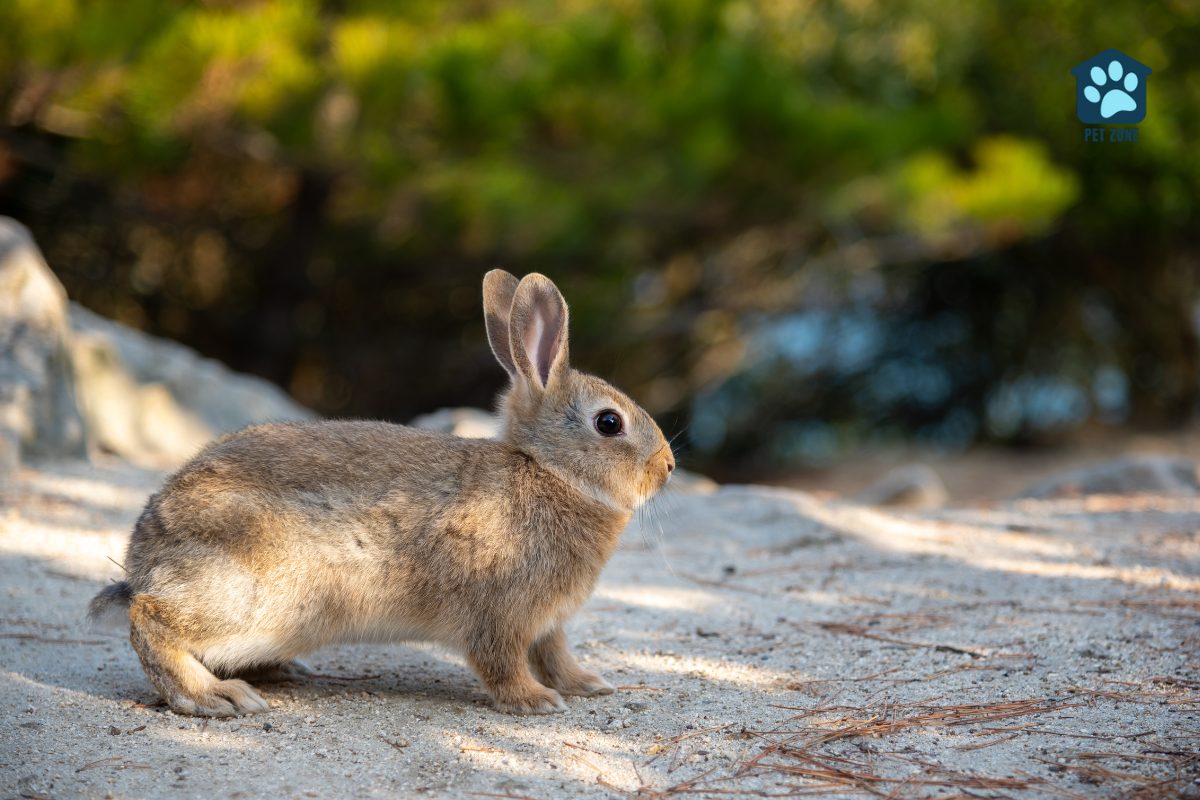
Wild Rabbits Vs Domesticated Rabbits
Understanding the differences between wild and domesticated rabbits is crucial for any pet owner considering the idea of keeping a wild rabbit. These creatures may seem similar at a glance, but they have distinct physical and behavioral characteristics.
| Feature | Wild Rabbits | Domesticated Rabbits |
|---|---|---|
| Facial Structure | Narrow, long face | Shorter, thicker face |
| Territory | Roam over approximately 10 acres | Live in confined spaces |
| Social Structure | Live in colonies, very social | May be solitary in a household |
| Gene Differences | Genes for survival and evasion | Genes related to tolerating humans |
| Brain and Sense Organs | Larger brain-to-body size ratio; standard amygdala | Reduced amygdala; enlarged olfactory bulb |
| Survival Instincts | Strong instincts for survival in the wild | May lack survival instincts of wild rabbits |
These distinctions are not just superficial; they are indicative of the vastly different lives these animals are designed to lead. As we delve deeper, we will explore whether it is feasible to bridge the gap between wild and domestic life for these rabbits.
The Nature of Wild Rabbits
Wild rabbits are natural diggers and live in groups called colonies. They make homes by digging burrows and use these tunnels to sleep, hide, and raise their families. These rabbits can often be seen hopping around in the early morning or at dusk when it’s cooler outside.
Wild rabbits eat plants like grass, flowers, leaves, and sometimes even their own droppings for extra nutrients.
In many parts of the world such as Europe, wild rabbit colonies can be found living together on open land like fields or woods. They have sharp senses that help them stay safe from predators.
Their strong back legs let them run fast if they need to escape quickly! Rabbits communicate with each other using a variety of sounds and body movements to show how they feel – from happy jumps called ‘binkies’ to thumping the ground when they’re scared.
Can You Make a Baby Wild Rabbit a Pet?
Taming a baby wild rabbit and keeping it as a pet presents significant challenges. The dietary needs, behavioral risks, and legal implications make it difficult to domesticate wild rabbits.
Challenges and Risks Involved
Keeping a wild baby rabbit may seem like a kind act, but it comes with many problems. These little animals are born to live outside and have strong instincts that don’t fit well inside a home.
They can get very scared being in a new place and this fear can make them sick or even kill them. Wild rabbits carry diseases like rabies that can harm people and pets.
Taking care of a wild rabbit is not the same as taking care of pet bunnies. Wild rabbits eat special foods found in nature, which you might not be able to give them at home. Also, it’s against the law in many places to keep wild animals.
If someone finds out you have a wild rabbit, you could get into trouble.
Next up: The difference in dietary needs between wild and domesticated rabbits is an important topic for potential pet owners to understand.
The Difference in Dietary Needs
Wild rabbits need a varied diet including grass, vegetables, and some fruits to stay healthy. Unlike domestic rabbits who mainly eat pelletized food and hay, wild rabbits need a mix of fresh foods for essential nutrients.
While both types of rabbits have similar nutritional needs, it’s important to understand the dietary differences when caring for them.
Pet owners should provide diverse natural foods if they want to feed their pet rabbit as close to a wild rabbit’s diet as possible. This could include leafy greens like kale or lettuce, along with occasional treats such as carrots or apples.
Taming a Wild Rabbit: Is It Possible?
Taming a wild rabbit is a challenging task due to their innate fear and instinct for survival in the wild. The difficulty in taming wild rabbits often depends on their age and exposure to human interaction.
The Difficulty in Taming Wild Rabbits
Taming wild rabbits is very hard. They are prey animals and have strong natural instincts. Wild rabbits don’t usually get used to humans or become tame, even with training. It’s tough to change their behavior to make them comfortable in a domestic setting.
This makes keeping wild rabbits as pets not a good idea, as they might always feel stressed living in captivity.
Wild baby bunnies are easier to domesticate but older rabbits can be tricky. Rabbits that are only a few weeks or months old also present challenges in handling and taming due to their wild instincts.
The stress of trying to keep them as pets may harm the rabbit’s health and well-being over time.
Age and Taming Potential
Wild rabbits are less likely to become tame when they are older. Younger rabbits, especially those under 10 weeks old, may be more adaptable and open to forming a bond with humans.
It’s important to understand that even young wild rabbits might not completely lose their instinctual fear of humans. Domesticated rabbits have been bred over generations to be comfortable around people, so they tend to be easier to tame compared to their wild counterparts.
As you consider taming a wild rabbit, keep in mind the age factor and the inherent difficulty in fully domesticating them.
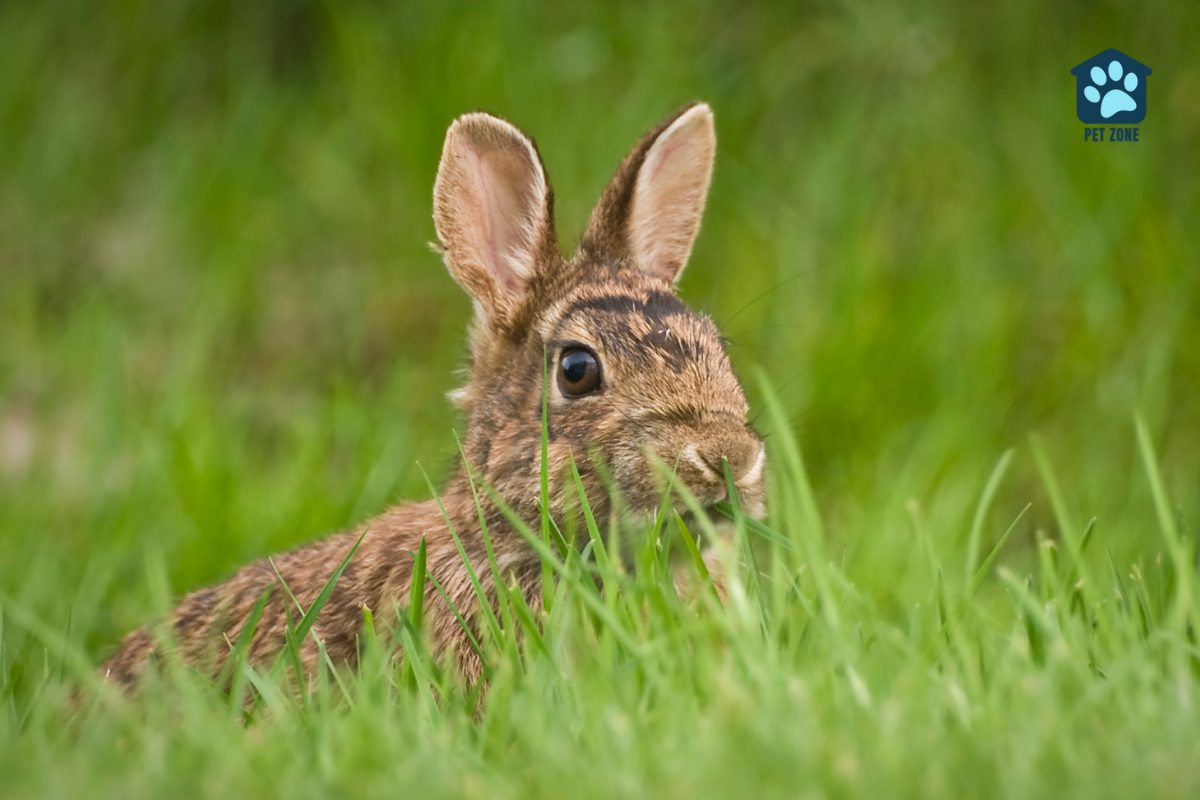
The Risks of Keeping a Wild Rabbit as a Pet
Health risks, such as rabies and other diseases, pose a threat to both the rabbit and its owner. Additionally, behavioral risks like aggression and fear can make it difficult for wild rabbits to adapt to domestic life.
Furthermore, keeping a wild rabbit as a pet may also present legal risks due to wildlife conservation laws.
Health Risks: Rabies and Other Diseases
Keeping a wild rabbit as a pet carries the risk of deadly rabies, which is a preventable viral disease usually transmitted through the bite of an infected animal. Rabies infects the central nervous system and can be transmitted from rabbits to other animals or humans. Other contagious diseases such as Tularemia and E. cuniculi can also be spread by rabbits.
- Rabbits can carry infectious diseases like myxomatosis and rabbit viral hemorrhagic disease, which can pose health risks to both the rabbit and its human caretakers.
- It’s important to be aware of these potential health risks and take appropriate precautions to prevent the spread of these illnesses.
- To keep your pet and yourself safe, consult a veterinarian for advice on preventing and managing these diseases if you have or come into contact with a wild rabbit.
- Proper hygiene practices, such as washing hands thoroughly after handling any rabbits or their living environments, are essential to prevent the spread of these diseases.
Behavioral Risks: Aggression and Fear
Transitioning from health risks to behavioral risks, it’s important to understand the challenges associated with aggression and fear when considering a wild rabbit as a pet. Here are some key points to consider:
- Fear Response: Wild rabbits retain a strong instinctual response to perceived threats, making them prone to fear and stress in captivity which can have negative impacts on their health and behavior.
- Aggressive Behavior: Pet rabbits, especially those with a wild background, may exhibit aggression due to their natural tendencies for self-protection and territorial defense.
- Handling Challenges: Taming a wild rabbit involves handling it properly, but their fear response can lead to aggressive behaviors like scratching or biting.
- Stress-Related Issues: Fear and aggression in captive wild rabbits can lead to stress-related health problems such as gastrointestinal issues and reduced immune function.
- Socialization Difficulty: Unlike domesticated rabbits, wild rabbits may find it challenging to socialize with humans due to their inherent wariness of predators.
- Training Limitations: The innate fear response of wild rabbits may make it difficult to train them for litter box use or other domestic behaviors often seen in pet rabbits.
- Space and Environment Needs: Wild rabbits need more space and environmental enrichment to alleviate stress-related behaviors that can arise from fear and aggression in captivity.
Legal Risks: Wildlife Conservation Laws
Keeping a wild rabbit as a pet might not be legal in many places. Laws protect wildlife, including rabbits, making it against the law to have them without permission. That means turning a wild rabbit into a pet could lead to legal problems due to laws about owning wildlife.
So if you find and want to keep a wild rabbit, it’s essential to understand and follow the rules about having them as pets.
Alternatives to Keeping a Wild Rabbit as a Pet
Instead of keeping a wild rabbit as a pet, consider adopting a domesticated rabbit from a shelter or supporting wildlife conservation efforts. By choosing these alternatives, you can still experience the joy of caring for rabbits while also contributing to animal welfare and conservation.
Adopting a Domesticated Rabbit
Consider adopting a domesticated rabbit if you’re looking for a pet. Unlike wild rabbits, domesticated ones are accustomed to living with humans. They can be litter-box trained and enjoy human companionship.
Keeping a domesticated rabbit also eliminates legal concerns that could arise from having a wild rabbit as a pet due to the wildlife conservation laws in different states.
Furthermore, choosing to adopt a domesticated rabbit supports responsible pet ownership while providing an animal in need with a loving home. Domestic rabbits can live indoors and bond closely with their owners, making them suitable companions for those seeking affectionate and low-maintenance pets.
Supporting Wildlife Conservation Efforts
You can help protect wild rabbits and their natural habitats by supporting wildlife conservation efforts. Many organizations work to conserve rabbit populations through habitat restoration, scientific research, and public education.
By donating to or volunteering with these groups, you can play a vital role in safeguarding the future of wild rabbits. Additionally, spreading awareness about the challenges facing wild rabbits and advocating for policies that protect their habitats can make a significant difference.
Remember, every small act of support contributes to the preservation of these precious animals and their ecosystems.
By supporting wildlife conservation efforts, you contribute to ensuring the survival of wild rabbit populations. Your involvement can help address factors contributing to their declining numbers such as disease, habitat loss, and human-induced threats.
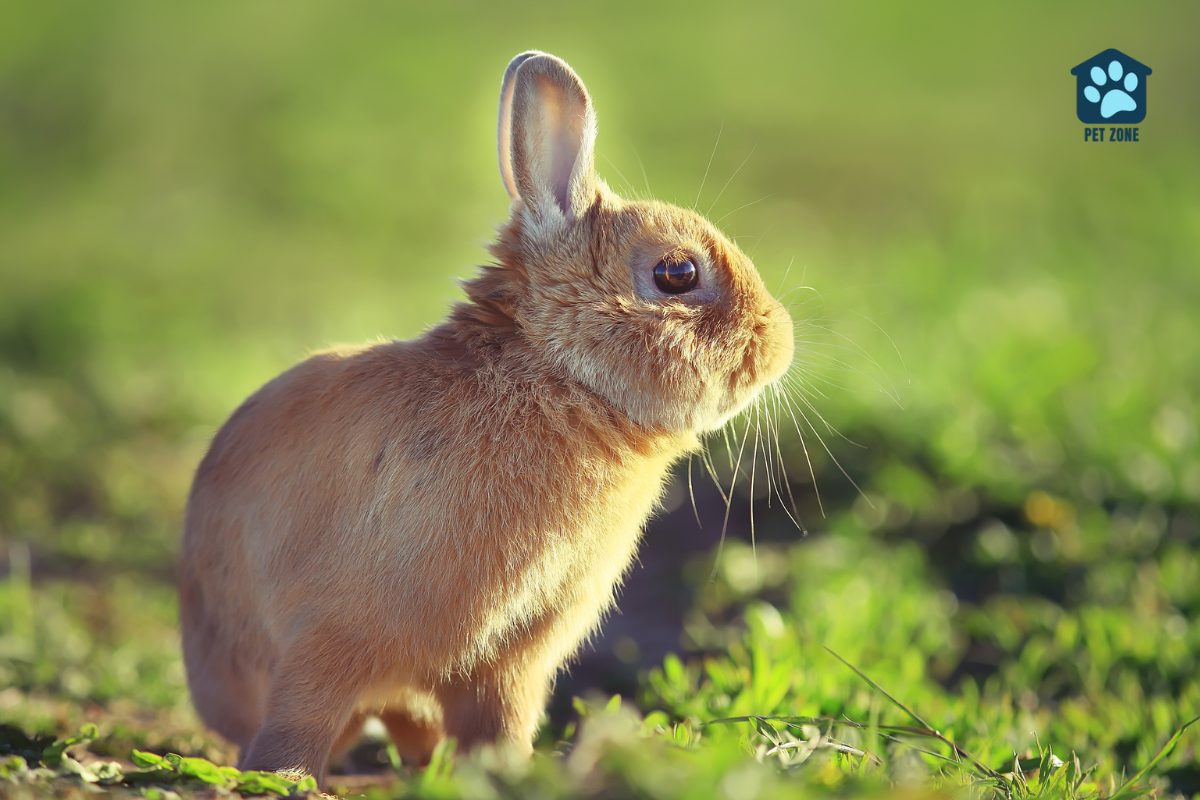
Conclusion
Taming a wild rabbit is challenging due to their natural instincts and behaviors. It’s important to understand the risks involved in trying to make a baby wild rabbit a pet, including health and legal concerns.
While keeping wild rabbits as pets is not recommended and is potentially illegal, there are alternatives such as adopting domesticated rabbits or talking to your local wildlife rehabilitator about supporting wildlife conservation efforts.
Together, we can ensure the well-being of both wild animals and ourselves while appreciating the beauty of nature. Let’s strive to make informed and compassionate choices that benefit all creatures sharing our world.
As an Amazon Associate I earn from qualifying purchases.
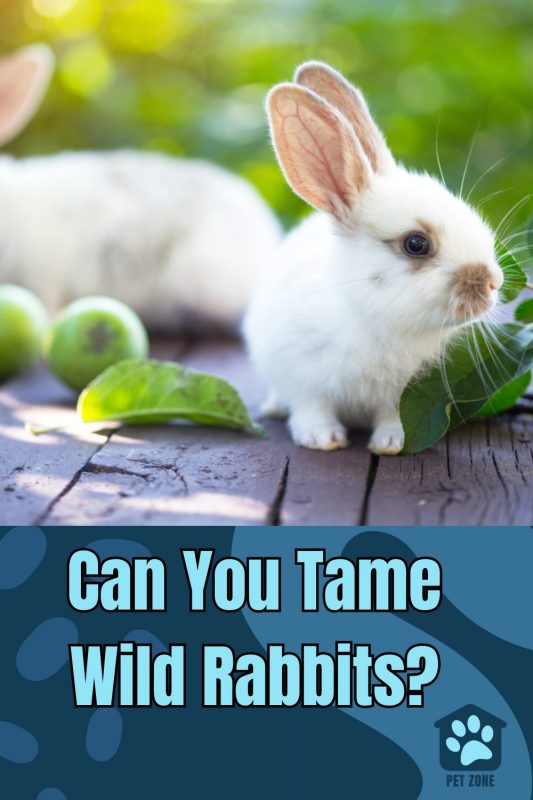


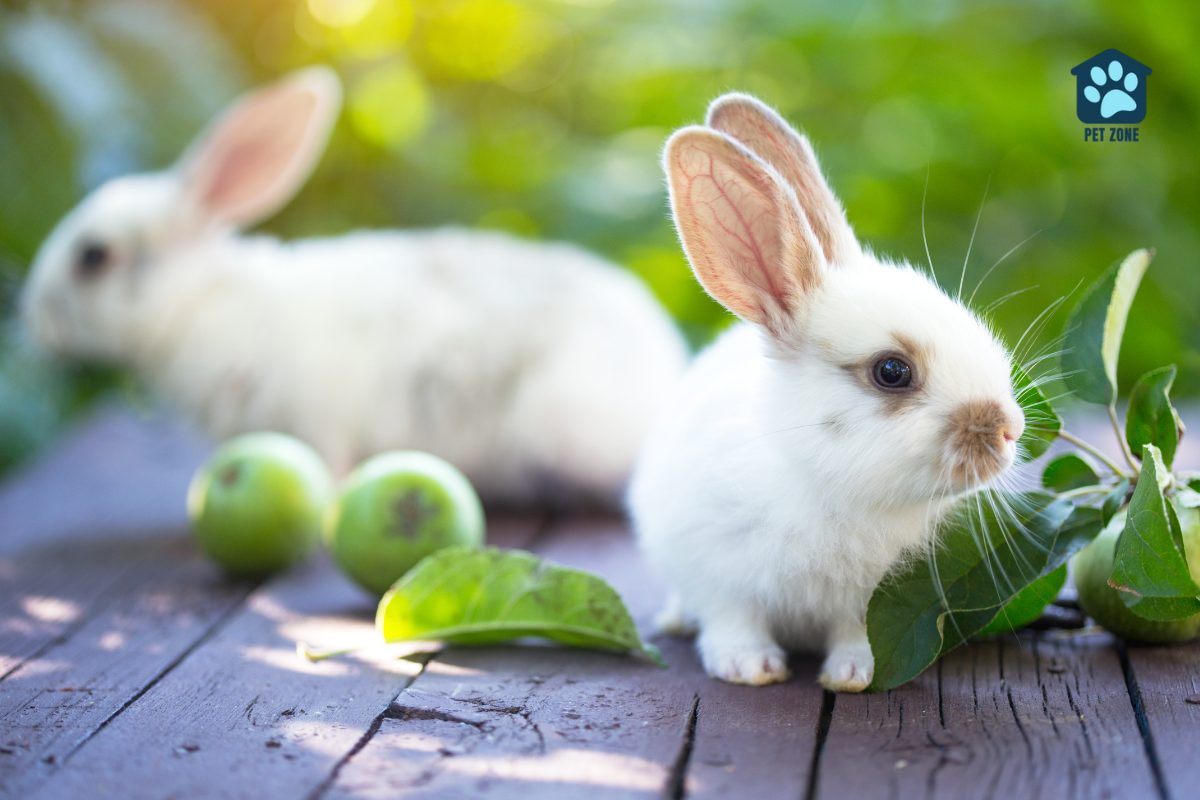
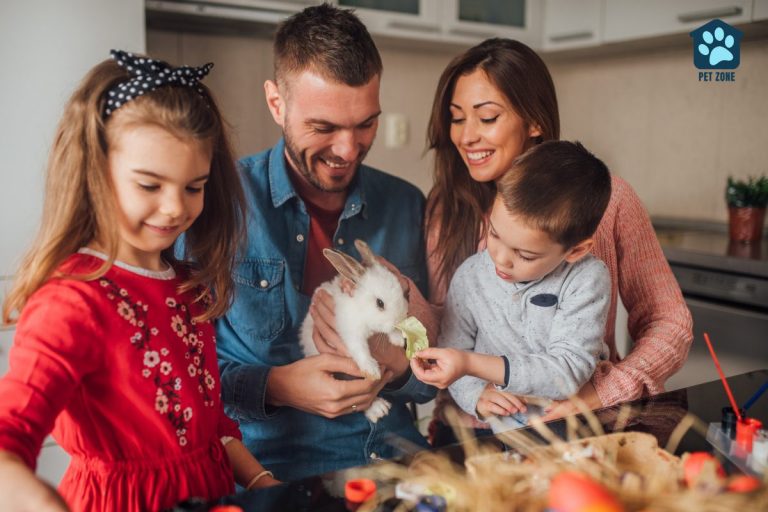
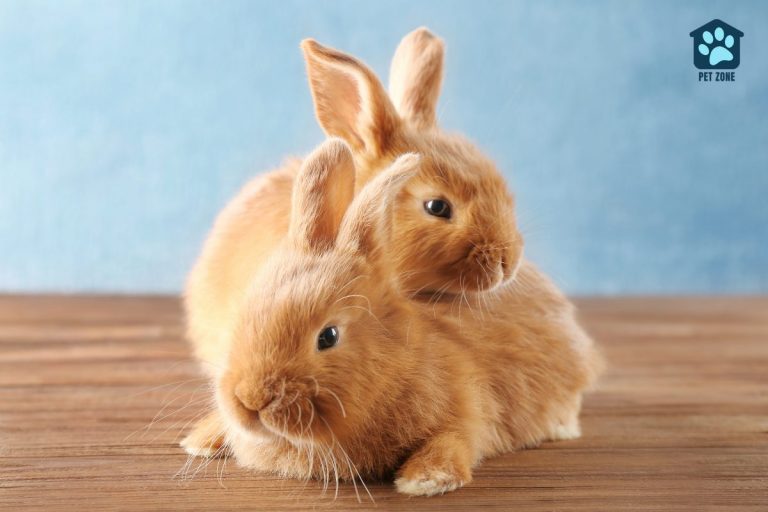
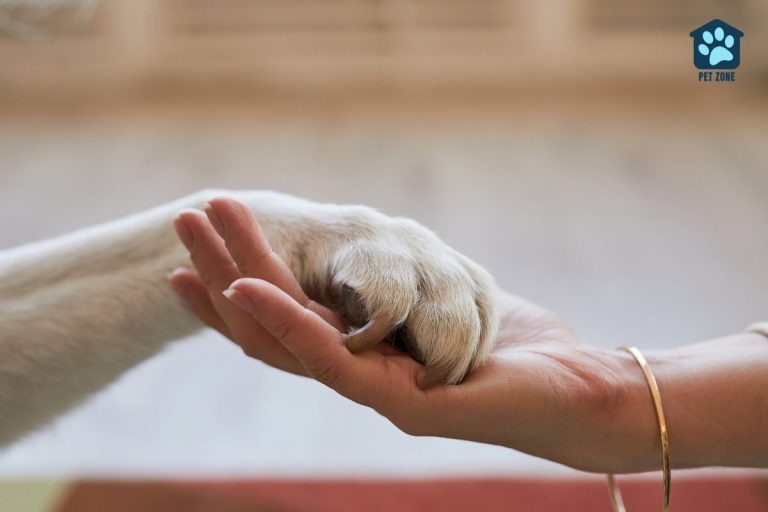
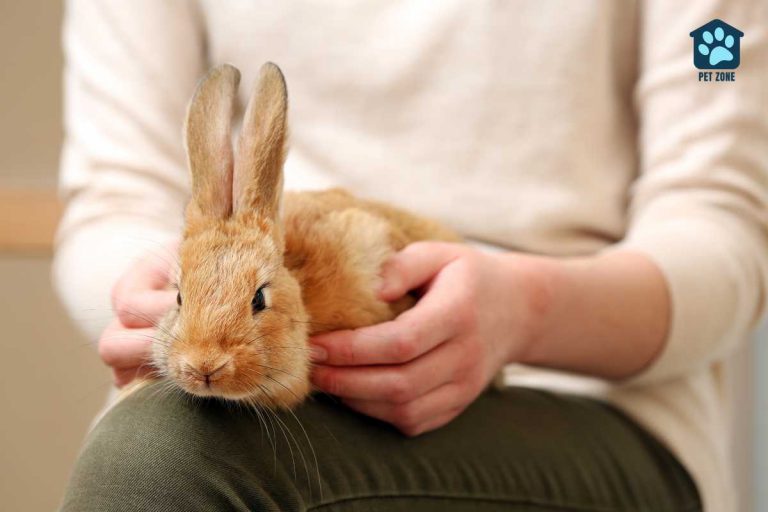
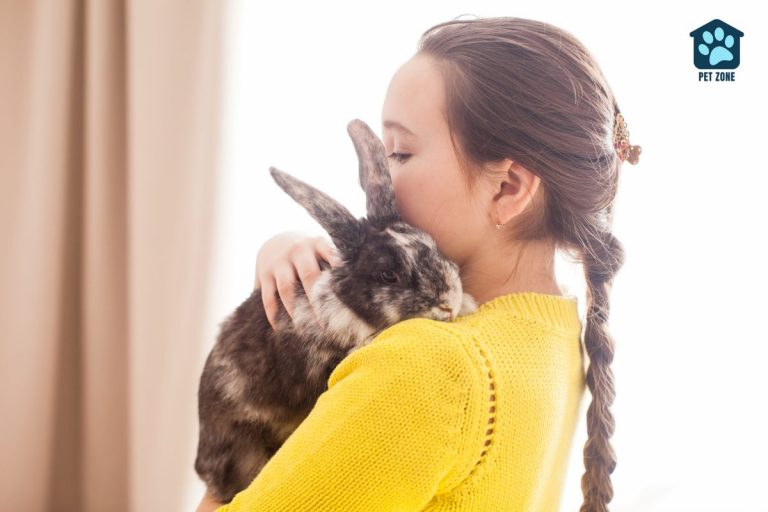

My friend had a well loved rabbit for years! Thank you also for the disease info, not everyone thinks about rabies and rabbits.
I am sure taming a wild rabit is a challenging task simply because of their natural instincts. I don’t think they’d be able to live solo.